
 call us : +8613866722531
call us : +8613866722531
 send a message : pweiping@techemi.com
send a message : pweiping@techemi.com
 call us : +8613866722531
call us : +8613866722531
 send a message : pweiping@techemi.com
send a message : pweiping@techemi.com
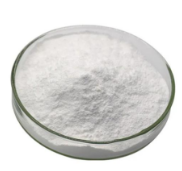
Name: Sodium bicarbonate CAS No.: 144-55-8 Appearance: White powder or opaque monoclinic system fine crystals Molecular formula: CHNaO3 Molecular Weight: 84.01 Melting point:>300 °C(lit.) PACKAGE:25KG/BAG
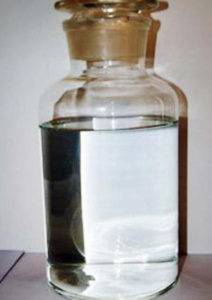
Name: Dichroromethylvinylsilane CAS number: 124-70-9 Molecular formula: C3H6Cl2Si Molecular weight: 141.07 EINECS number: 204-710-3 Mol file: 124-70-9.mol
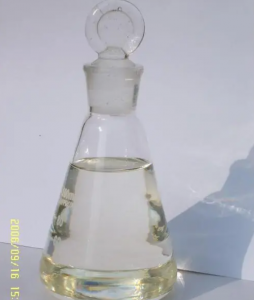
Name: Vinyltrimethylsilane CAS number: 754-05-2 Molecular formula: C5H12Si Molecular weight: 100.23 EINECS number: 212-042-9 Mol file: 754-05-2.mol
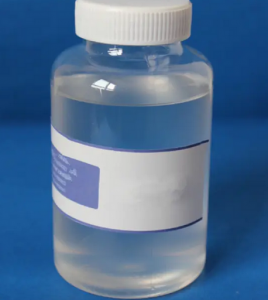
Name: Ethoxydimethylvinylsilane CAS number: 5356-83-2 Molecular formula: C6H14OSi Molecular weight: 130.26 EINECS number: 226-341-7 Mol file: 5356-83-2.mol
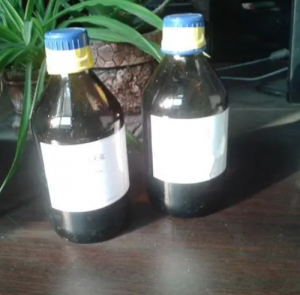
Name: CHLORODIMETHYLPINYLSILANE CAS number: 1719-58-0 Molecular formula: C4H9ClSi Molecular weight: 120.65 EINECS number: 217-007-1 Mol file: 1719-58-0.mol
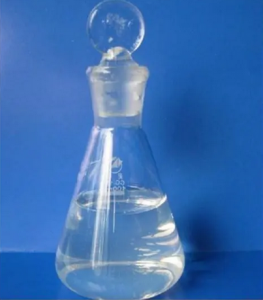
Name: 1,1,3,3-TETRAMETHYL-1,3-DIVINYLDISILAZANE CAS number: 7691-02-3 Molecular formula: C8H19NSi2 Molecular weight: 185.41 EINECS number: 231-701-1 Mol file: 7691-02-3.mol

Welcome to 138th China Import and Export Fair Dear Sir or Madam, The 138th Canton Fair is scheduled to open on October 15th, featuring continuous optimization of exhibition structure, various premium ...
Tribenuron-methyl (ISO-naam) is de methylester van het herbicide tribenuron en tevens de vorm waarin tribenuron wordt gebruikt in bestrijdingsmiddelen. Het wordt ingezet bij de teelt van granen voor de bestrijding van tweezaadlobbige onkruiden.
Tribenuron en tribenuron-methyl behoren tot de groep van sulfonylureumherbiciden, samen met onder andere chloorsulfuron, metsulfuron-methyl, nicosulfuron en azimsulfuron. Sulfonylureumherbiciden werden ontdekt door DuPont in 1975 en voor het eerst op de markt gebracht in 1982.
Tribenuron-methyl is een systemisch herbicide, dat wordt geabsorbeerd door de wortels en bladen en zich dan in de gehele plant verspreidt. Zoals andere sulfonylureumherbiciden remt tribenuron-methyl de celdeling van de planten door de werking van het enzym acetolactaatsynthase (ALS) te verstoren. Dieren hebben een ander systeem van celdeling en daarom is de stof weinig toxisch voor zoogdieren, vogels, waterdieren, bijen of biologische bestrijders zoals sluipwespen of roofmijten. Maar de stof is wel toxisch voor hogere waterplanten en voor andere tweezaadlobbige planten dan de doelsoorten; daarom moet men bij het sproeien vermijden dat het product afdrijft naar oppervlaktewater of naar naburige vegetatie.
 online service
online service +8613866722531
+8613866722531 pweiping@techemi.com
pweiping@techemi.com pweiping
pweiping +8613866722531
+8613866722531